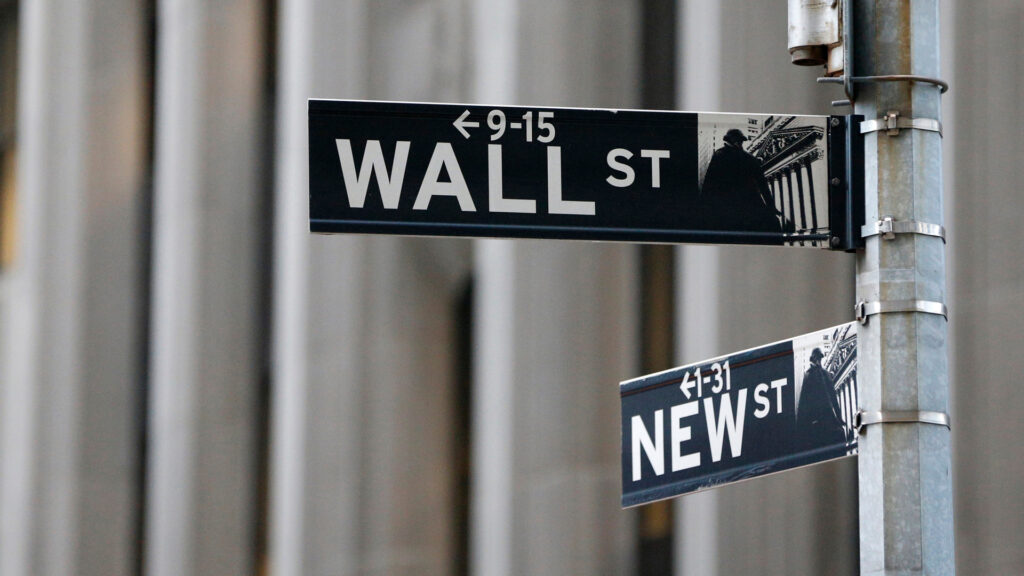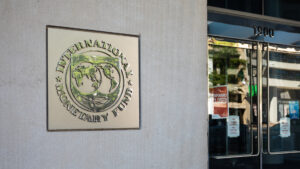The US labor market data for July showed signs of weakness, with continuation of downward revisions of past jobs data and the rise of unemployment rate. These weaknesses, combined with US President Trump’s actions and criticism of the Federal Reserve’s plans, have raised more uncertainty about the reliability of economic data and the Fed’s ability to respond.
Weak Jobs Report Signals Labor Market Slowdown
The non-farm payrolls report for July came in at 73,000, which was less than the 110,000 forecasted by the Bureau of Labor Statistics. This came after a downward revision for the June and May figures, down by a combined 258,000 from previously announced reports. The unemployment rate rose to 4.2%, aligning with forecasts but signaling risks in the labor market. Average hourly earnings came in at 0.3% MoM in July, aligned with forecasts, while the YoY figure came in at 3.9%, above forecasts. ⁽¹⁾
The healthcare sector led the way in job gains, adding 55,000 positions. Social assistance also contributed 18,000 jobs. These two sectors accounted for approximately 94% of the job growth. Retail added nearly 16,000 jobs, while the financial sector increased by 15,000. ⁽²⁾
However, federal government employment continued to decline, decreasing by 12,000 for the month and 84,000 since its January peak—prior to Elon Musk’s Department of Government Efficiency (DOGE) beginning to cut jobs. The manufacturing sector lost 11,000 jobs. The uneven performance across industries underscores the labor market’s fragility as economic and political uncertainties increase. ⁽³⁾
Concerns on BLS Data Accuracy and Firing of BLS Commissioner
The downward revisions of the May and June figures, which the Bureau of Labor Statistics described as normal, have raised concerns on how accurate the economic data are. The BLS combined these reports with additional data from businesses and government agencies, resulting in the revisions, but provided no explanation on them. These revisions could lead to more concerns on whether the Fed has been effectively managing the economy, which may have led to the alleged delay in rate cuts. ⁽⁴⁾
US President Trump has claimed that the data has been rigged to damage his reputation. He then fired the commissioner of the Bureau of Labor Statistics Erika McEntarfer following the release of the report. These actions have heightened fears about political interference in economic reporting, further complicating the Fed’s ability to rely on accurate data. ⁽⁵⁾
Federal Reserve Remains Under Pressure to Cut Rates
The weak labor market data could alter the Federal Reserve’s plans for the upcoming meeting in September. The Fed has left its interest rates unchanged at 4.5%, ignoring the pressure from Trump to cut rates.
The weak jobs data increased the chance of a 25-basis-point rate cut at the September meeting, with financial markets pricing in an 81% chance of a rate cut, up from 38% from the previous day, as shown in the CME FedWatch tool. ⁽⁶⁾
Following the release of the labor market report, Fed Governor Adriana Kugler has also resigned, which could add more uncertainty and lead to more questioning on the Fed’s leadership. Kugler’s departure, amid damaged relations between the Fed and Trump, could make it harder for the Fed to decide on monetary policy changes amid an already challenging economic environment.
Market Reaction
The weak jobs data has caused the US dollar index to drop 1.38%, as rate cut bets rose, hence leading to the decline in the dollar against major currencies. Gold almost rose 2%, while US stocks plummeted, with the Dow Jones ending 500 points lower while the S&P 500 declined by 1.6%. The decline was not only due to the weak jobs report, but also to new sweeping tariffs (effective by August 7) that were announced on many countries who haven’t reached a deal yet.
Broader Economic Context and Tariff Concerns
Despite this weakness in the labor market, other economic data indicate that the US economy remains strong. GDP for Q2 grew 3% QoQ, higher than expectations, due to large import buildup that occurred in Q1 before “Liberation Day”. ⁽⁷⁾
Ongoing trade negotiations and escalating tariff tensions with the US and other nations could add more uncertainty to the labor market. White House officials stated that tariff concerns and changes on immigration and fiscal policy impacted hiring. These factors, combined with the jobs report, have raised questions about firms’ willingness to hire in the current environment.



